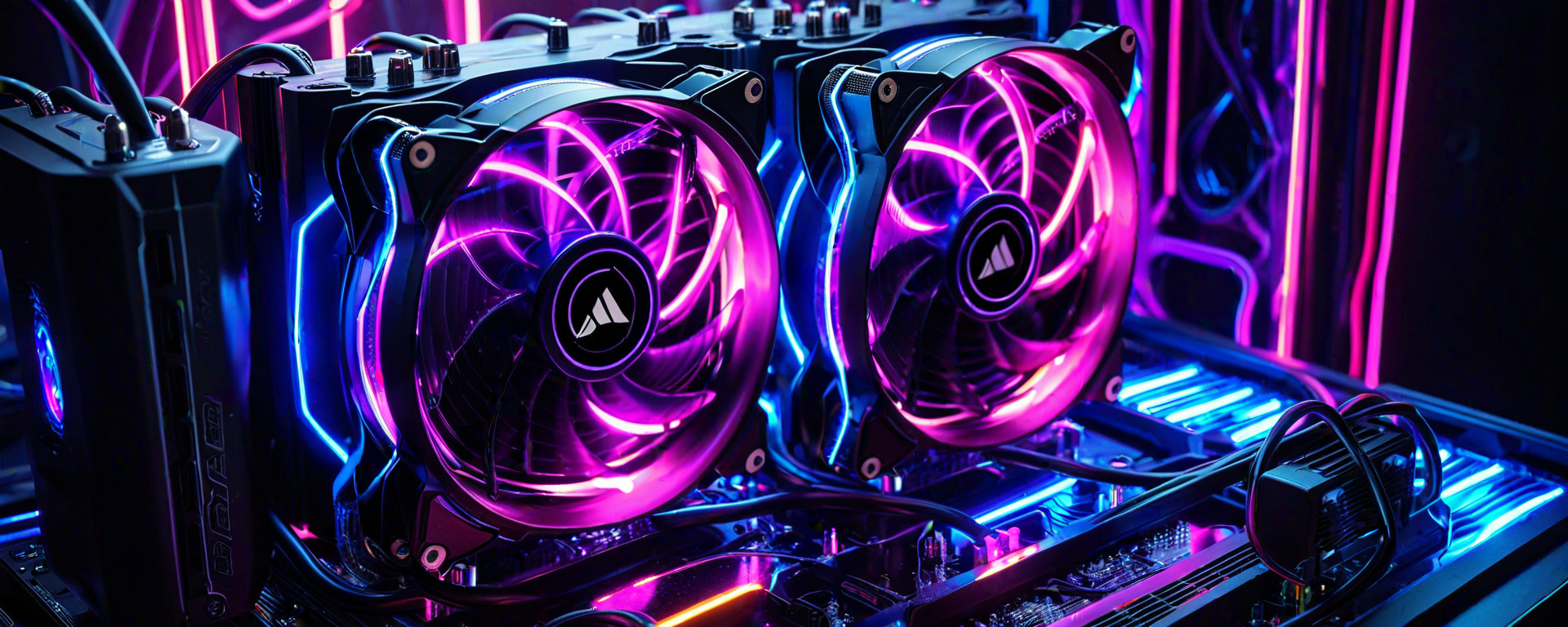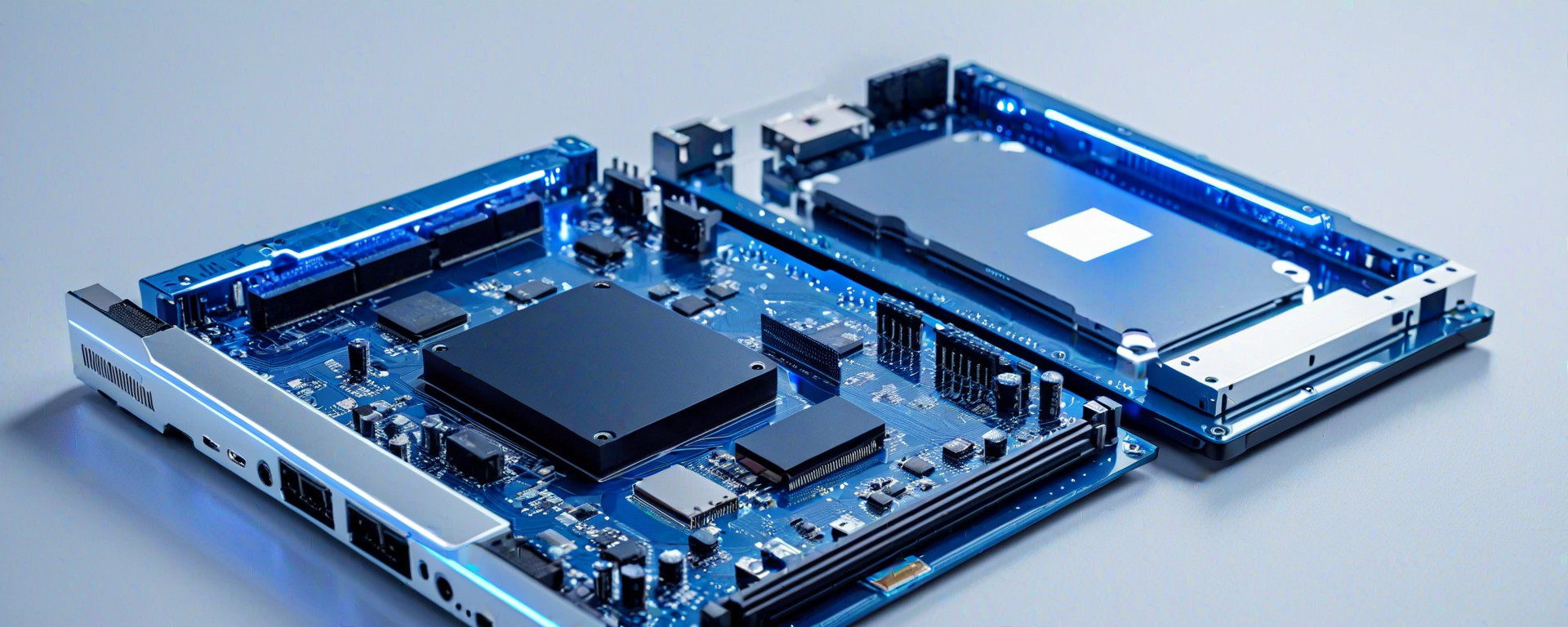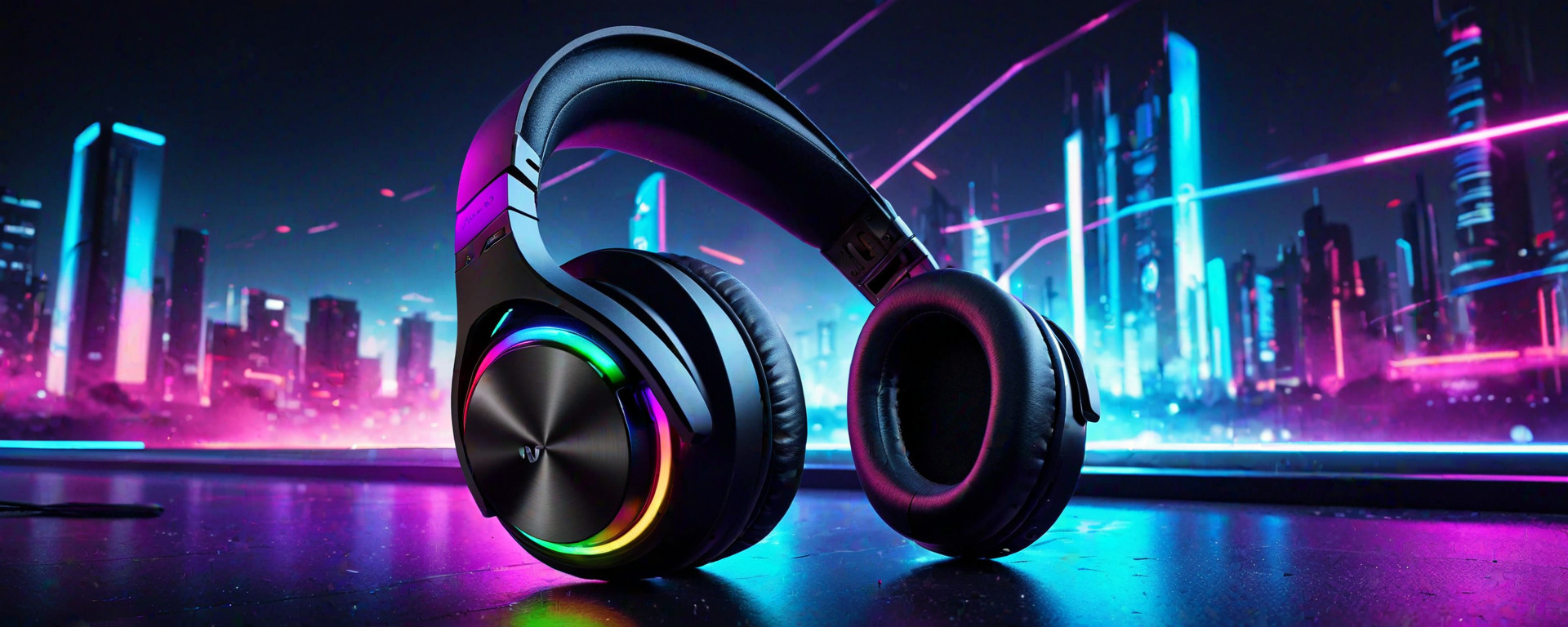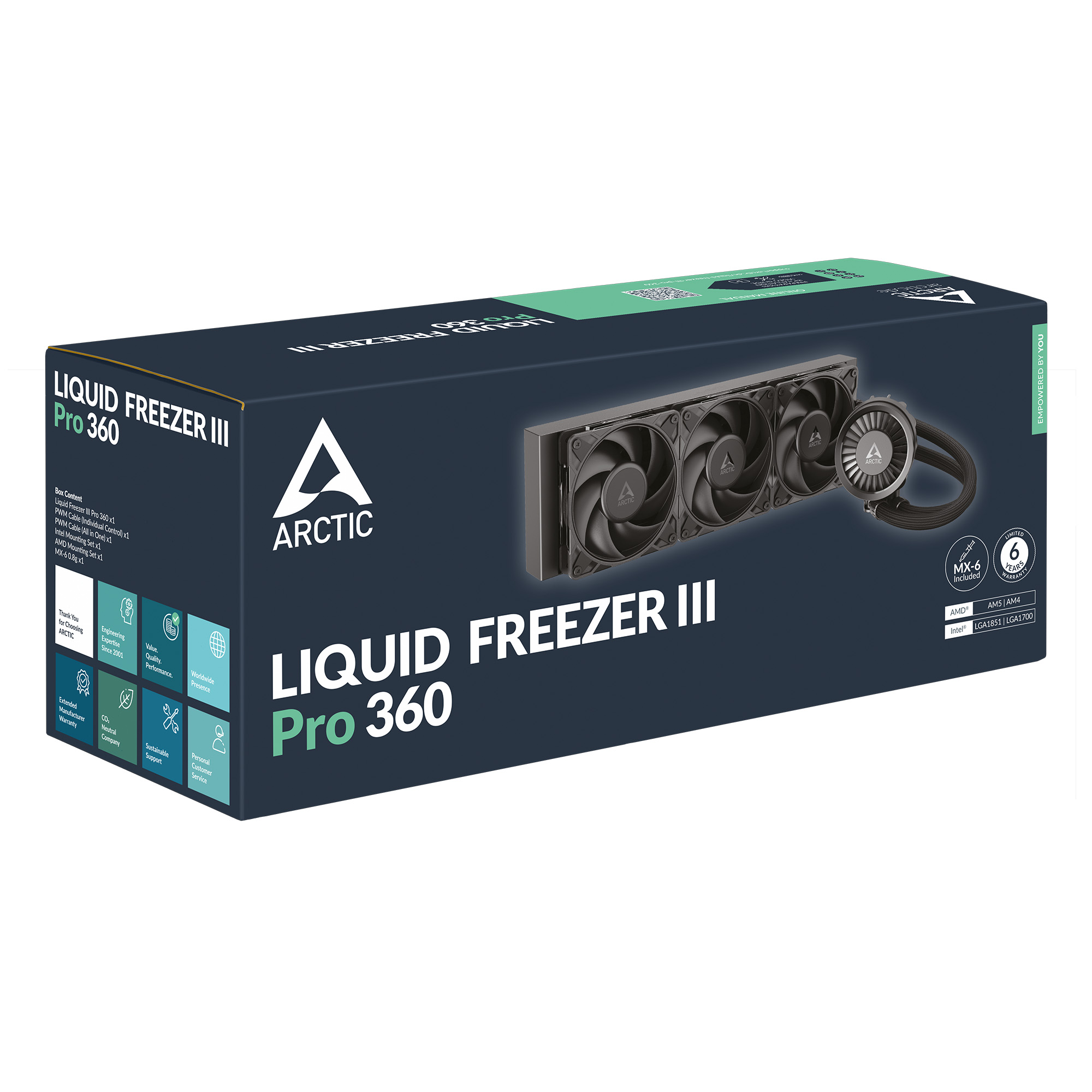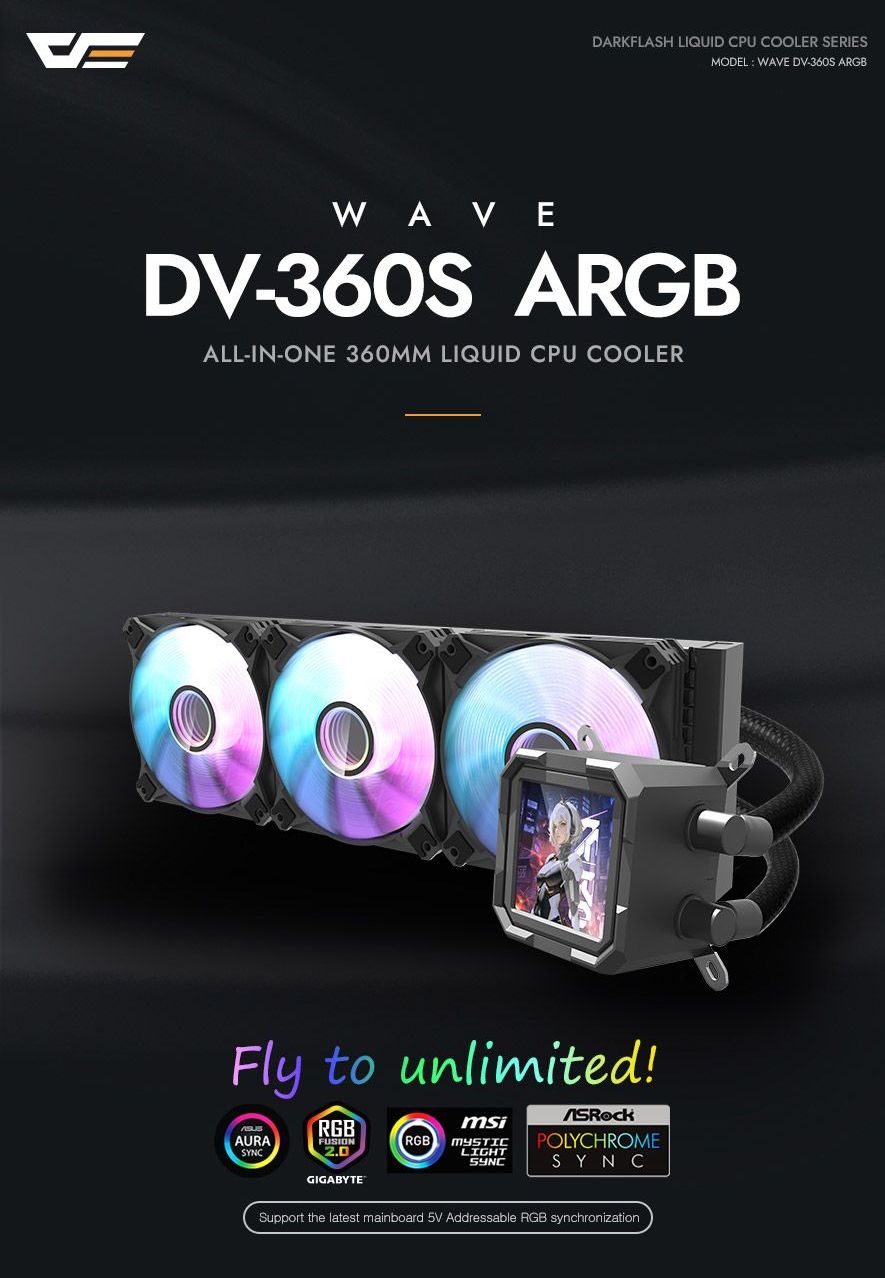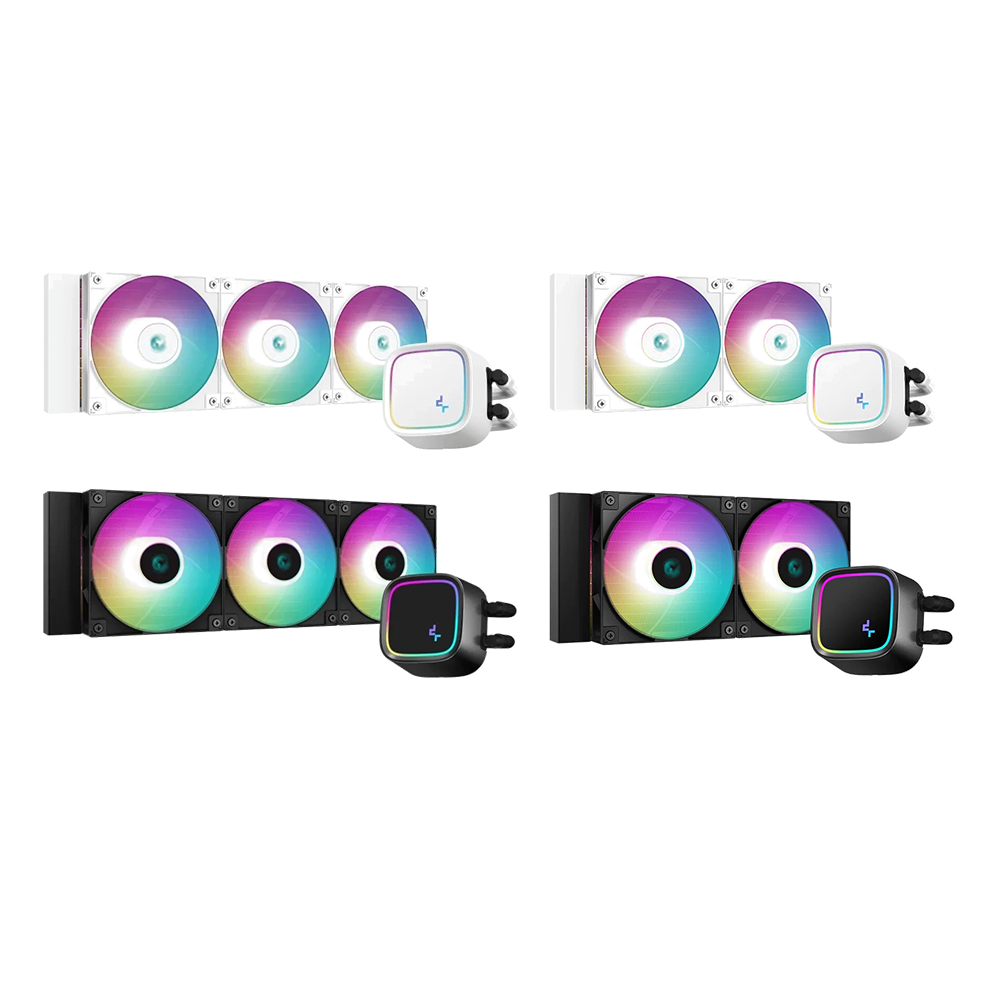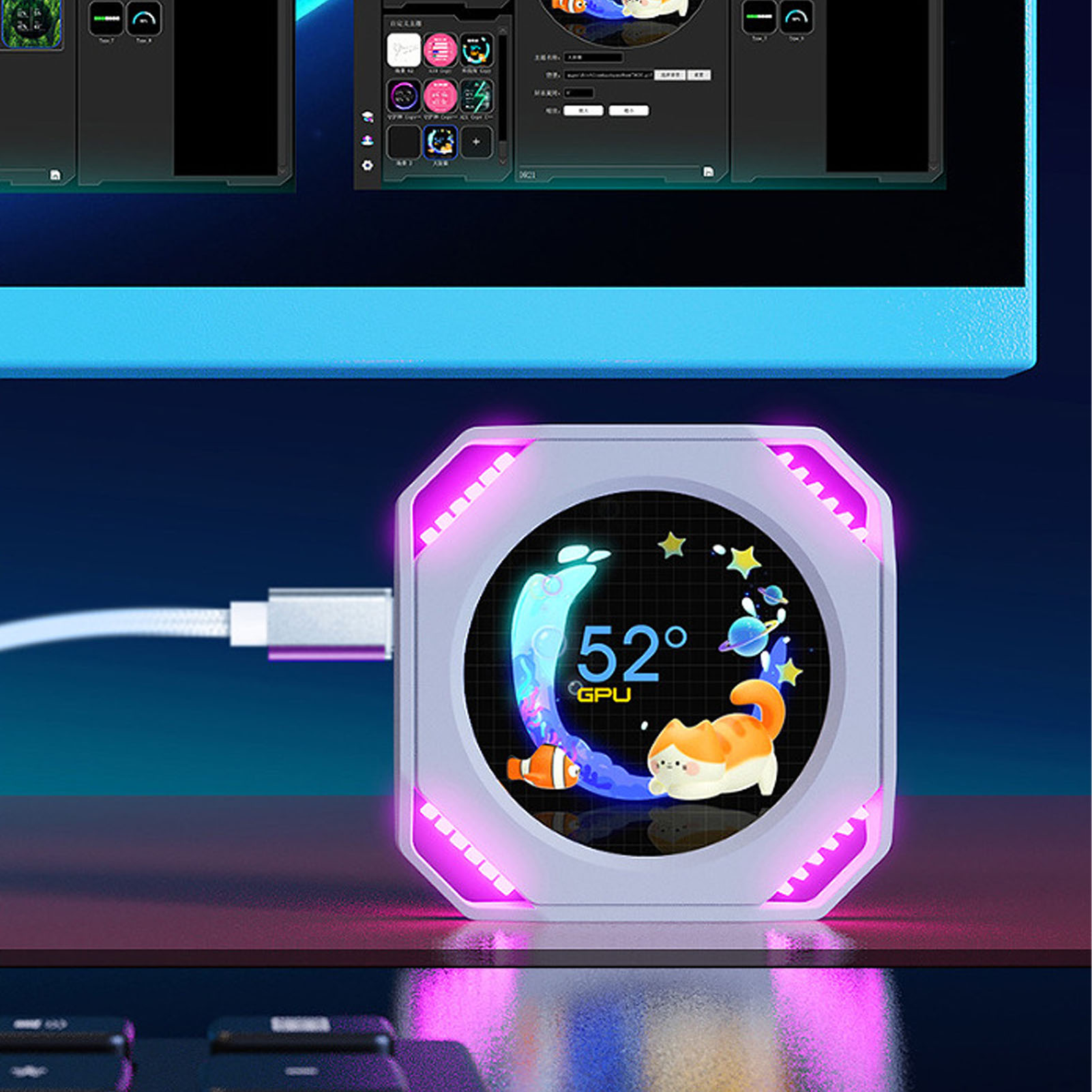Introduction
When building a high-performance PC, one of the most critical decisions you will face is choosing an appropriate CPU cooler to ensure that your system remains stable under heavy loads. Two main types dominate this market: air cooling and liquid cooling systems. Each has its unique set of advantages and disadvantages, making it essential for users to weigh their options carefully based on factors such as performance requirements, budget constraints, case compatibility, and personal preferences.
This comprehensive guide aims to equip you with the knowledge necessary to make an informed decision about which type of CPU cooler is best suited for your PC build. By exploring the intricacies of air and liquid cooling systems, we will delve into their respective components, performance benchmarks, cost-benefit analysis, and real-world applications. We'll also address common issues encountered by users and provide troubleshooting tips to ensure smooth operation.
Understanding Air Cooling Systems
Types of Air Coolers
Air cooling systems are divided into several categories based on their design:
- Single-Tower Coolers: Designed for compact spaces, single-tower coolers offer a balance between performance and size. They typically feature a single large heatsink with multiple heat pipes that transfer heat away from the CPU.
- Dual-Tower Coolers: For those seeking maximum cooling capacity within an expanded form factor, dual-tower coolers provide superior thermal efficiency by doubling the surface area for heat dissipation.
- AIO (All-In-One) Liquid Cooling Systems: While classified under liquid cooling in some respects due to their fluid-based nature, AIO systems are often considered a hybrid between air and liquid cooling. They consist of a radiator with fans attached and a small pump that circulates coolant through the CPU's heat spreader.
Components of Air Coolers
The essential components of an air cooler include:
- Copper or Aluminum Heatsinks: The primary role of heatsinks is to dissipate heat away from the CPU. Copper offers better thermal conductivity than aluminum but may be heavier and more expensive.
- Heat Pipes: These cylindrical tubes are filled with a small amount of liquid coolant that vaporizes when heated, efficiently transferring heat from one end to another where it condenses back into a liquid state.
- Fans: High-quality fans are crucial for effective airflow and cooling. They come in various sizes and speeds depending on the cooler's design requirements.
Understanding Liquid Cooling Systems
Types of Liquid Coolers
Liquid cooling systems offer more advanced thermal management solutions, catering to demanding workloads:
- Closed-Loop AIO (All-In-One) Coolers: These are similar to hybrid air coolers but contain a fully integrated closed-loop system with no exposed components outside of the radiator and fans.
- Liquid Cooled Radiators: Open-loop systems allow for greater customization, enabling users to mix and match radiators, pumps, and reservoirs to create bespoke cooling solutions tailored to their needs.
Components of Liquid Coolers
The key components in a liquid cooler include:
- Cooling Blocks: These attach directly to the CPU and transfer heat into the coolant that flows through them.
- Radiators: Radiators are responsible for dissipating collected heat via a series of thin aluminum fins. Larger radiators offer greater surface area for improved cooling efficiency.
- Pumps & Reservoirs: Pumps circulate the coolant, while reservoirs store excess fluid to maintain consistent flow rates and prevent air bubbles from forming in the tubing.
Performance Benchmarks
To evaluate the effectiveness of different cooling solutions, various benchmarks are commonly used. Some popular tools include:
These benchmarks help measure temperature stability under load and determine how well a cooler can maintain optimal operating conditions during intense usage scenarios.
Cost-Benefit Analysis
Air Cooling Systems
- Advantages:
- Economical: Air coolers tend to be cheaper than liquid cooling solutions due to simpler construction and lower component costs.
- No Maintenance Required: Once installed, air coolers generally require little upkeep beyond cleaning dust accumulation periodically.
- Disadvantages:
- Limited Cooling Capacity: Air cooling may struggle under extreme loads compared to liquid-based alternatives.
- Silent Operation: While many models offer low-noise operation, some high-performance air coolers can generate significant noise levels.
Liquid Cooling Systems
- Advantages:
- Better Thermal Efficiency: Liquid cooling provides superior heat transfer capabilities, making it ideal for overclocking and intensive applications.
- Versatility in Design: Users can customize their liquid cooling setups to fit specific case configurations or aesthetic preferences.
- Disadvantages:
- Maintenance Required: Leaks and air bubbles can compromise performance, necessitating regular monitoring and maintenance.
- Increased Complexity: Liquid cooling systems involve more components, increasing the risk of failure points such as pump or radiator malfunctions.
Installation & Maintenance Tips
Proper installation is crucial for both air and liquid cooling setups:
- Air Cooling: Ensure proper thermal paste application, secure mounting brackets, and optimal fan placement for maximum airflow.
- Liquid Cooling: Follow manufacturer guidelines meticulously during assembly to avoid leaks. Regularly inspect seals, tubing connections, and fluid levels.
Compatibility Considerations
When choosing a cooling solution, compatibility with your PC components is essential:
- CPU Socket Compatibility: Verify that the cooler fits your motherboard's CPU socket type (e.g., AM4, LGA 1700).
- Radiator Clearance: Ensure adequate space behind or beside the motherboard tray for radiator installation without obstructing other components.
Aesthetic Choices
Cooling solutions also come in various aesthetic designs to complement your build's overall look. Consider options such as colored fans, LED lighting effects, and streamlined profiles that match your preferences.
Conclusion
Selecting the right cooling solution depends on balancing performance needs with budget constraints, maintenance requirements, and personal style considerations. Air coolers remain a reliable choice for most users due to their affordability and ease of use, while liquid cooling offers unparalleled thermal efficiency for those willing to invest more time and money.
